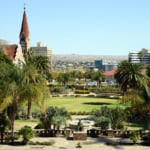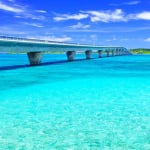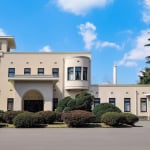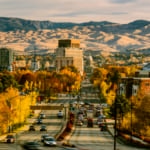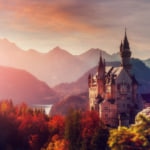Name: Nagoya Castle
Address: 1-1 Honmaru, Naka-ku, Nagoya-shi, Aichi Prefecture
Hours: 9:00 AM – 4:30 PM (last entry to Honmaru Palace and Southwest Turret at 4:00 PM)
Closed: Year-end/New Year holidays (December 29–31, January 1)
Official Website: https://www.nagoyajo.city.nagoya.jp/
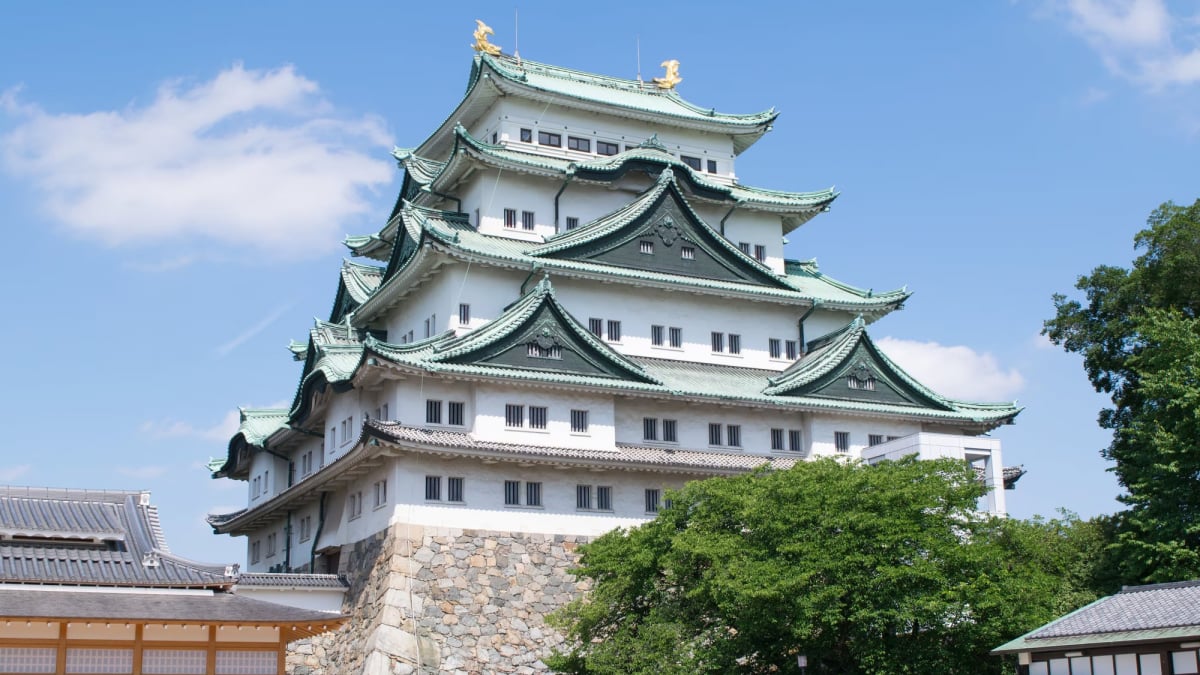
Nagoya Castle sightseeing guide! Spotlight on classic and new attractions
Famous for its golden shachihoko (mythical tiger-headed carp), Nagoya Castle is a must-visit landmark in Aichi Prefecture. Although the castle’s main keep (tenshukaku) remains closed due to restoration work through 2022, Nagoya Castle still has plenty to offer. In June 2018, the Honmaru Palace opened with newly restored features like the “Jorakuden” and “Aburaden Shoin.” Other attractions include Kinshachi Yokocho, where visitors can enjoy Nagoya cuisine, and a museum shop filled with local treasures. This article offers a comprehensive guide to sightseeing around Nagoya Castle.
table of contents
[x] close
Nagoya Castle sightseeing guide! Spotlight on classic and new attractions
- 1. What is Nagoya Castle?
- 2. Waiting Eagerly for the Tenshukaku to Reopen!
- 3. Honmaru Palace Rebuilt and Now a Major Attraction!
- 4. Kinshachi Yokocho: A New Hotspot for Nagoya Gourmet!
- 5. Warrior Troupe Performances: A Signature Tourist Experience!
- 6. Can You Buy Golden Souvenirs? Visit the Museum Shop
- ◎ Final Tip: Try Joining a Guided Tour
1. What is Nagoya Castle?
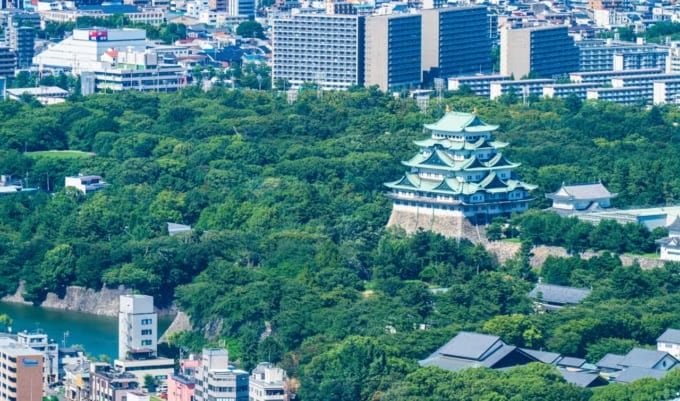
Nagoya Castle is located in Nagoya, Owari Province (now Naka and Kita wards, Nagoya City, Aichi Prefecture). It is considered one of Japan’s Three Great Castles, and is also designated among the Top 100 Castles of Japan. At the top of the main keep sits a golden shachihoko, a creature that symbolizes Nagoya and is emblematic of the city itself. The castle is also known by other names such as Kinshachijo and Meijo.
Nagoya Castle was built in 1615 (Keicho 20) by Tokugawa Ieyasu. For centuries, it stood as a guardian of the city, but much of it—including the main keep and Honmaru Palace—was destroyed during an air raid in 1945 (Showa 20). The current main keep was reconstructed in 1959 (Showa 34) using reinforced concrete. Its emerald-green roof and golden shachihoko make it a striking sight. Today, it continues to be a major tourist attraction in both Nagoya and Aichi Prefecture.
2. Waiting Eagerly for the Tenshukaku to Reopen!
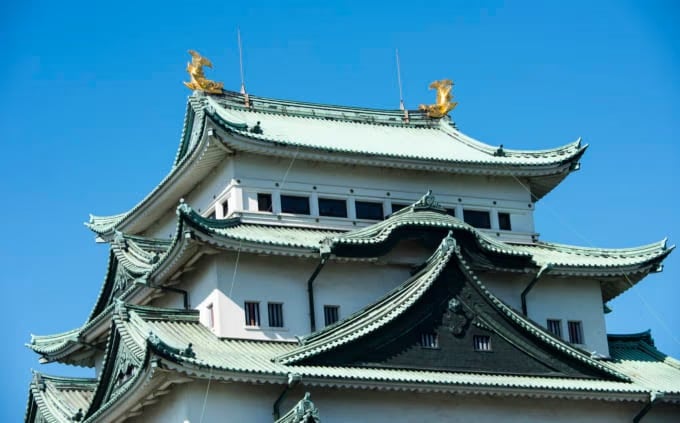
When first completed, Nagoya Castle’s main keep (tenshukaku) was one of the largest in Japan. The most distinctive feature is the golden shachihoko placed at the peak of the keep—originally a symbol of the Tokugawa clan’s immense wealth. The keep was destroyed in wartime bombing, but in 1959 it was rebuilt using steel-reinforced concrete. Great care was taken to replicate the original, down to the finest details.
However, since May 7, 2018, the tenshukaku has been closed due to structural aging and is undergoing full reconstruction. The new main keep, planned for completion in December 2022, will be reconstructed using traditional wooden methods, closely replicating the techniques used during its original construction.
3. Honmaru Palace Rebuilt and Now a Major Attraction!
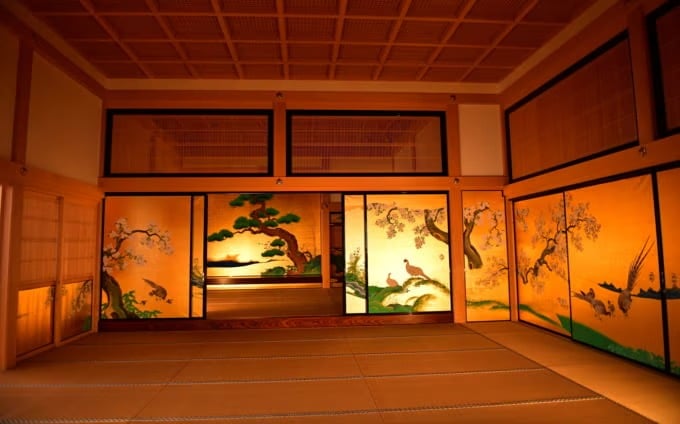
The Honmaru Palace, once destroyed in air raids along with the main keep, was faithfully reconstructed in 2018, attracting many visitors eager to see it. Thanks to surviving historical documents, measured drawings, photographs, and wall paintings, the structure was accurately restored to its original appearance. Originally built as the residence of Tokugawa Yoshinao, he only lived there for about five years, after which the palace served as a government office and reception hall.
The interior is a stunning display of vibrant wall paintings and intricate decorations—well worth seeing. You'll enjoy the visit even more if you pay attention to how the interior design varies depending on the social rank of the space.
4. Kinshachi Yokocho: A New Hotspot for Nagoya Gourmet!
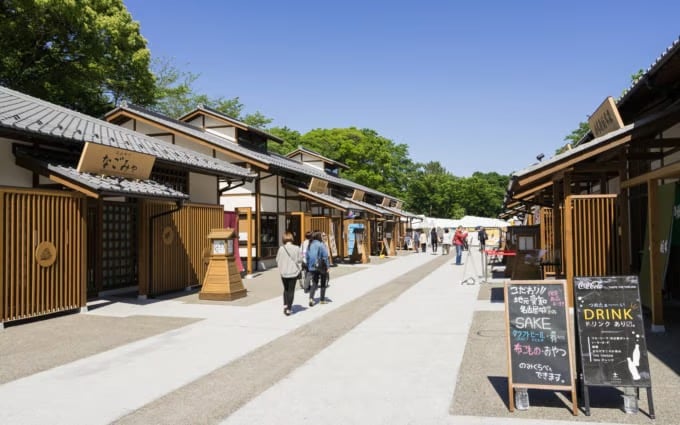
Kinshachi Yokocho is a dining area along the moat just outside Nagoya Castle, composed of two zones: the Yoshinao Zone and the Munetaka Zone. Since both lunch and dinner are served, it’s a great place to stop by after your tour of the castle.
The Yoshinao Zone features long-established Nagoya eateries and classic dishes like Nagoya Cochin chicken, miso katsu, and hitsumabushi. It also includes souvenir shops selling goods related to Nagoya Castle. In the Munetaka Zone, which promotes new food culture using seasonal local ingredients, you’ll find a variety of restaurants offering fusion skewers, meat dishes, and Italian bar-style dining. Kinshachi Yokocho opened in March 2018 as a new destination near Nagoya Castle.
Name: Kinshachi Yokocho
Address:
Yoshinao Zone: 1-2-3 to 1-2-5 Sannomaru, Naka-ku, Nagoya, Aichi Prefecture
Munetaka Zone: 1-2 and 1-3 Ninomaru, Naka-ku, Nagoya
Official Website: https://kinshachi-y.jp/
5. Warrior Troupe Performances: A Signature Tourist Experience!
While touring inside Nagoya Castle, you might spot people dressed as samurai. These are the Nagoya Omotenashi Bushotai, a hospitality samurai troupe that promotes local tourism. They roam the castle grounds to greet and guide visitors, pose for commemorative photos, and even perform powerful demonstrations on open plazas or special stages.
Since the performances aren't held every day, it's a good idea to check the performance schedule online in advance.
Name: Nagoya Omotenashi Bushotai
Official Website: http://busho-tai.jp/
6. Can You Buy Golden Souvenirs? Visit the Museum Shop
After you’ve explored Nagoya Castle, why not stop by the Museum Shop to look for some souvenirs? Located inside the Honmaru Palace, the Nagoya Castle Museum Shop sells a wide variety of items perfect for gifts—such as postcards and clear folders featuring the wall paintings found inside the palace, as well as easy-to-share treats like gold leaf candies. As you’d expect from the “City of the Golden Shachihoko,” there are plenty of gold-themed souvenirs available!
◎ Final Tip: Try Joining a Guided Tour
While it’s great to explore Nagoya Castle on your own, joining a guided tour is also highly recommended. The castle offers free tours conducted by volunteer guides. Just look for the guide signs near the Main Gate and East Gate. These tours, which last about 60 to 90 minutes, not only explain highlights like the main keep and wall paintings, but also share small details and stories that are easy to miss during a casual visit. If you have time, be sure to take advantage of the guided tour!
RELATED ARTICLES
REGIONS
CATEGORIES
FEATURED ON Aichi
-

What Is the Identity of That Giant Sphere? Highlights of the Nagoya City Science Museum That Even Adults Will Love
-
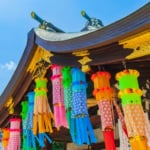
【Aichi Prefecture】5 recommended sightseeing spots in Ichinomiya City | Impressively rich in history, parks, and art!
-
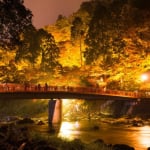
These Are the Breathtaking Views in Aichi You’ll Want to Show Off! 7 Recommended Tourist Spots
-
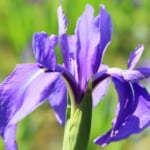
Feel the history of Chiryu City: 7 relaxing sightseeing spots to explore
-
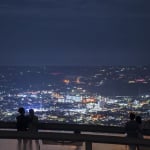
【Aichi Prefecture】 Zaozan Observation Deck | A Breathtaking Day & Nightscapes Viewing Spot with a Glimpse of Mt. Fuji
MOST POPULAR ON Aichi
-
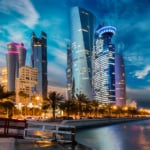 1
1Doha: Must-see Attractions in the Capital of Qatar
-
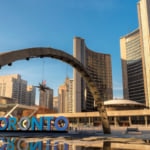 2
2Toronto: 10 Things to do in this Picturesque Canadian City
-
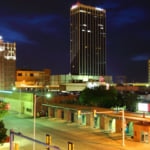 3
3Amarillo: A City Famous for It’s Amazing Canyons, Great History and Music
-
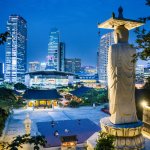 4
4South Korea: Dazzling Scenery, Rich Culture and Fascinating History
-
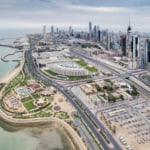 5
5Kuwait: A Country in Middle East Asia Famous for Hot Sand Dunes and Stunning Cityscape

